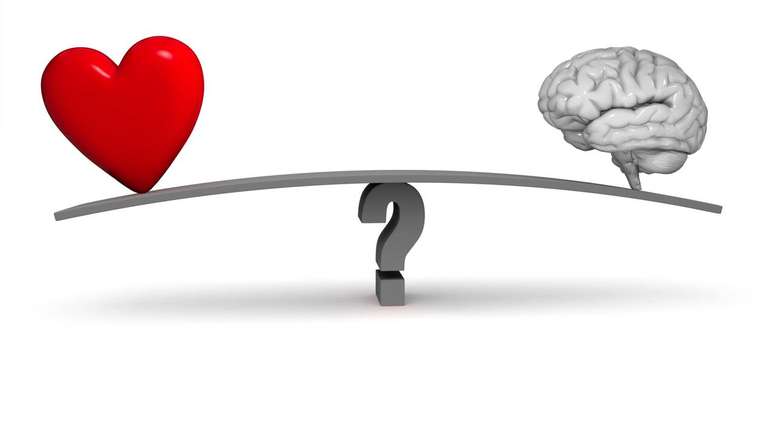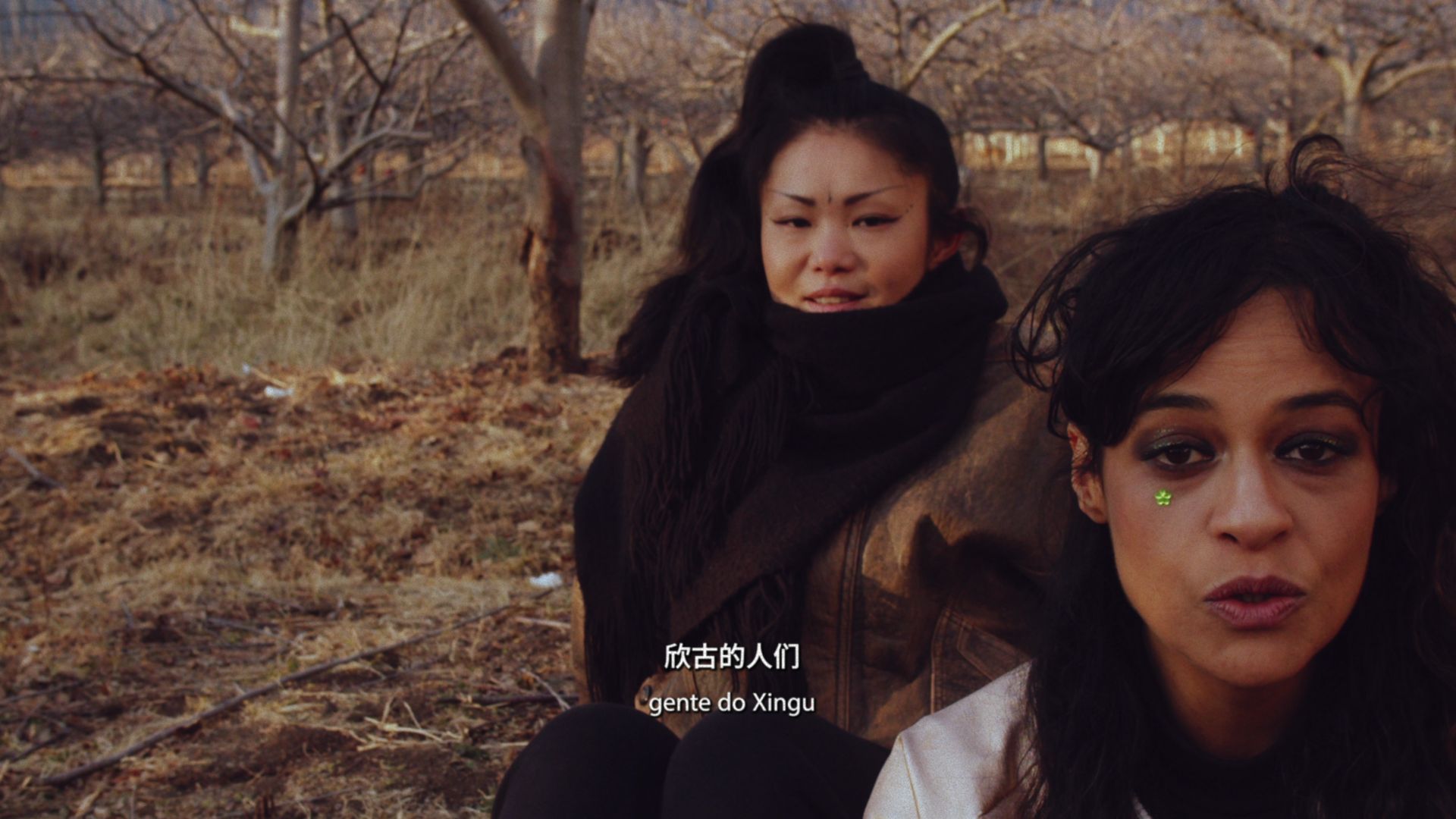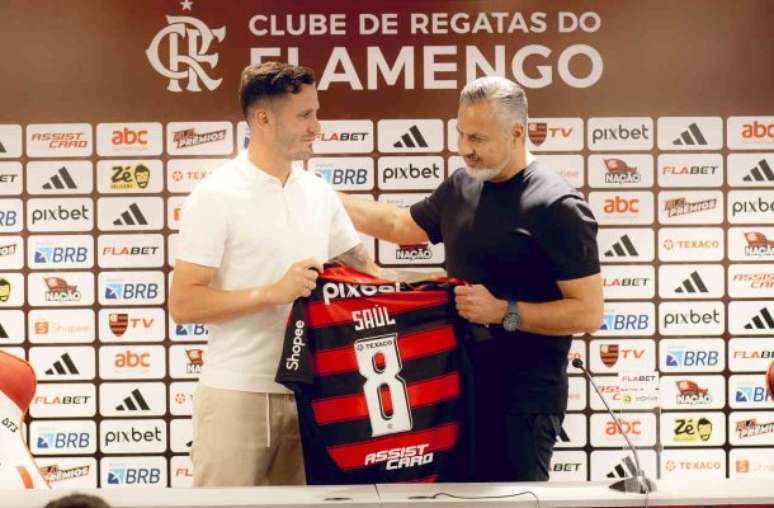Created in Pelotas, Graffiti Down offers painting lessons once a week, as well as visiting exhibitions and encouraging socializing
Eduardo Camargo Moraes, 24, sees art as a way to show the world who he is, through dance or painting. diagnosed with Down syndrome, the student of the degree in Visual Arts at the Federal University of Pelotas (UFPel) tries to occupy all the spaces of society. Art has been a part of Dudu’s life, as he is known, since his childhood, as he has artists in his family. “I’ve been drawing since I was a child. At the beginning I scribbled on the walls, today I participate in exhibitions thanks to Graffiti Down”, he says. The aim of the project, located in Pelotas (RS), is to introduce the culture of graffiti and hip-hop into the lives of young people and adults with the syndrome.
The project was created by 36-year-old Gabriel Veiz, who has dedicated his life to art for over two decades. Veiz is one of Dudu’s older brothers and saw the graffiti as a way to get closer to his brother. “I wanted to be closer to him and his friends than him, to live together and understand their world,” he explains. Thus, since March of last year, Graffiti Down has been trying to promote social inclusion through hip-hop art and culture.
The class was formed among friends and colleagues of Dudu who are members of the Pelotas Association of Down Parents (APADPel). The project brings together young people and adults on Mondays, at the rectory of the Instituto Federal Sul-Riograndense (IFSul), Pelotas campus (RS). “These are painting classes that focus on graffiti and hip-hop aesthetics. We teach the technique – and everything they see in class they put into practice,” Veiz points out. And, to insert them in the artistic environment, the group visits art galleries, exhibitions and participates in events. In September, the group participated in Spray’sons, an action that brought together 24 artists to color the Porto de Pelotas neighborhood.
Group exhibited the work in an art gallery
In August Dudu and his colleague Gustavo Bicca exhibit their works for the first time in an art gallery. “I was fulfilled and happy, I explained the meaning behind my drawings to everyone who attended the event,” he recalls.
In addition to promoting inclusion, classes also generate positive effects on the lives of students and their families. “Mothers give me great feedback that their kids are letting go more, that they’ve started to feel more comfortable in other environments, and maybe that’s given them more autonomy,” says Gabriel.
Marli Rezende, 74, Edison’s mother, reports that she has always tried to involve her son – now 45 – in various activities, but it is in Graffiti Down that he is finding himself and becoming more independent. “He Now he sees himself as an adult, like other men,” she says.
Edison is the oldest student in the class. He had his first contact with the graffiti technique in the project. “I was a little nervous and shy the first time I used spray paint, but it was really cool to learn with them,” he says. He further states that “there is great support from colleagues, they will be my friends forever”.
Inclusion and independence
In addition to painting lessons, the project offers students inclusion in different environments, such as bars, restaurants and parties. “We went out to dinner, went to the cinema and also have barbecues on the weekends. This togetherness and independence that the project is generating for them is very important,” warns Gabriel.
Currently, 15 young people and adults, aged between 13 and 45, are part of the project. Four, like Júlia Costa, 23, are women. Diagnosed syndrome, student of the UFPel Dance Degree Course, she dedicates her Monday afternoons to lessons. Parallel to this, Júlia says that graffiti has become as important to her as dance. “These are activities that make me happy, when I’m graffiti I feel light and let my imagination run wild,” she says.
Júlia believes that “women have to take risks, occupy all the spaces”. “That’s what I’ve done in graffiti and in my life. I feel good, we’re all the same and we all can.” She points out that, in the project, she not only learns about drawings, but also about coexistence and friendship.
For Agda Brigatto, professor of the Visual Arts course at the PUC, “seeing art, letting art flow, reading art, producing it, is a form of participation and social inclusion”. According to the teacher, art, like graffiti, is a form of knowledge, a language, a way of expressing oneself in the world. “If art is knowledge, everyone can learn in their own specificity”, she observes.
Through their artistic creations, students with Down syndrome express themselves and show who they are to society. “It is more than pertinent that people with disabilities, who have been segregated for so long, produce art to tell the world what they need, what they want and their place in society,” warns Agda. For her, the whole of society benefits from inclusion. “A world that welcomes diversity benefits everyone and this can happen through art”.
What is trisomy 21
According to the Brazilian Federation of Down Syndrome Associations, it is estimated that one in 700 births in Brazil are children with trisomy 21, for a total of approximately 300,000 people with Down syndrome in the country.
Marli Rezende, Edison’s mother, says the diagnosis came as a surprise. “It was a shock, I found myself with that child not knowing what to do. It was the gleam in his eyes that spurred me to fight in search of knowledge about the territory,” she says. Marli dedicated herself to studying after the birth of her son to understand his condition and support him. The educational psychologist recalls the difficulties: “The prejudice was much stronger than it is today, the doors were closed to it. The formal schools did not accept it”.
Dudu and Gabriel’s mother, Tânia Camargo, 63, says when Dudu was diagnosed after birth, she wasn’t sure how the other children – three boys and a girl – would handle the youngest. “I have three teenage sons, what will they think? Will they like their brother? Will they be ashamed of him?” The news reached the brothers when Dudu was three months old and their mother was positively surprised by her children. “The day I told him, I said ‘look, the doctor said if he’s highly stimulated he’s going to have a pretty much normal life’ and the response I heard was, ‘well if it depends on the stimulation then he’s going to be a very naughty baby , because we will stimulate a lot,'” he recalls.
Dudu has always had a very close relationship with Gabriel. “My brother motivates us,” she recalls. For the creator of Graffiti Down, the experience has been incredible. “We are conquering spaces and gaining visibility. They participate in events, they work, they exhibit their works in galleries with other artists. This is more than I imagined”, he adds.
+The best content in your email for free. Choose your favorite Terra newsletter. Click here!
Source: Terra
Ben Stock is a lifestyle journalist and author at Gossipify. He writes about topics such as health, wellness, travel, food and home decor. He provides practical advice and inspiration to improve well-being, keeps readers up to date with latest lifestyle news and trends, known for his engaging writing style, in-depth analysis and unique perspectives.








